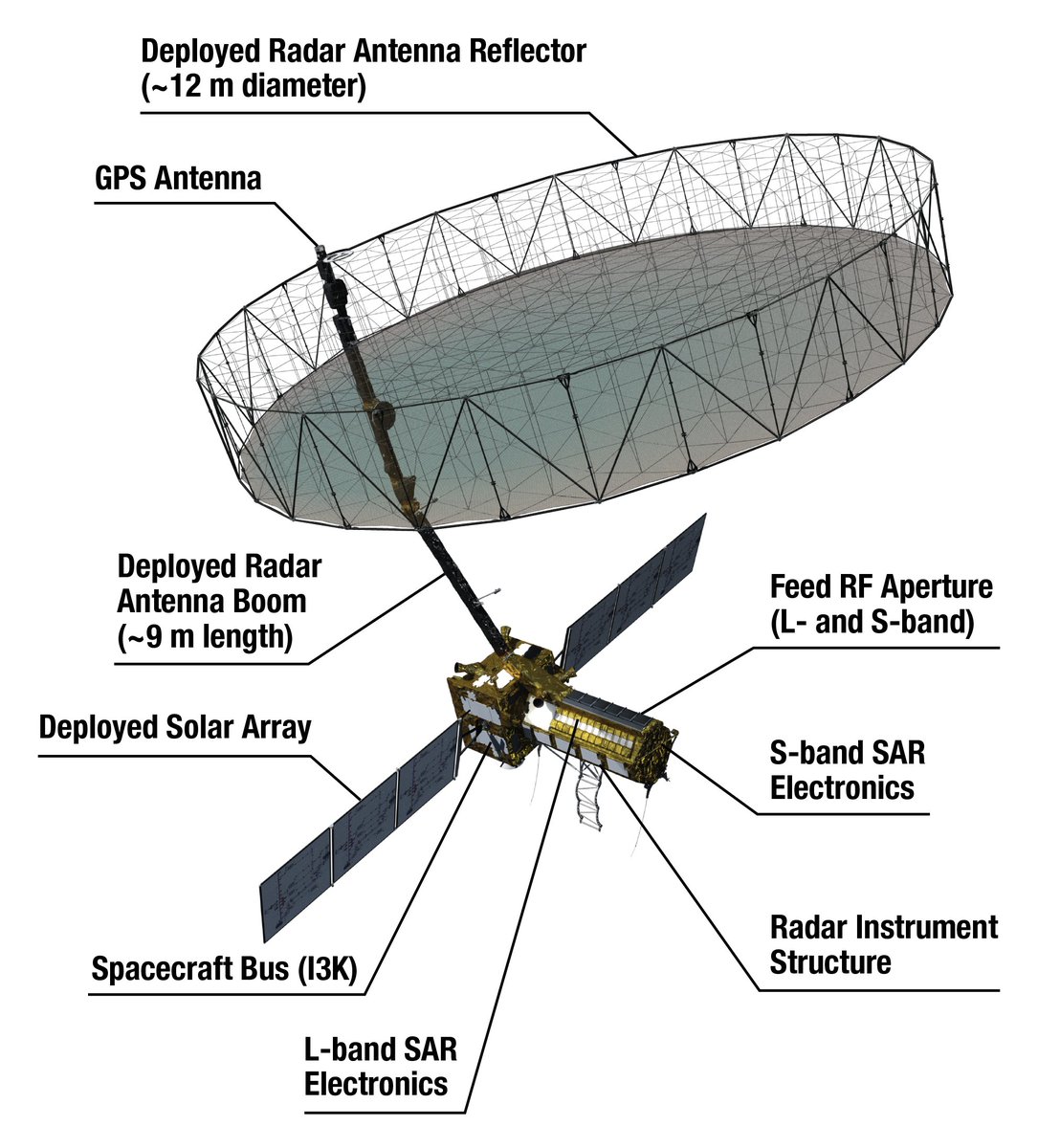#Thread #Update
In a key milestone, #Chandrayaan3 project team, which is burning the midnight oil to meet the mid-July window for the launch, has begun the process of final assembly of payloads at the UR Rao Satellite Centre (URSC) in Bengaluru. 1/n
In a key milestone, #Chandrayaan3 project team, which is burning the midnight oil to meet the mid-July window for the launch, has begun the process of final assembly of payloads at the UR Rao Satellite Centre (URSC) in Bengaluru. 1/n

@isro has adopted a cautious approach for the mission with chairman S Somanath having categorically directed scientists and engineers working on the project to ensure validation of all technologies, systems and subsystems. 2/n
“The mission progress is on the intended path with most major tests having been completed. Project team is confident of achieving the remaining progress... 3/n
... — integration of payloads and pre-shipment assessments — before Chandrayaan-3 leaves for SHAR (spaceport),” Sudheer Kumar, director, Isro Capacity Building Programme Office (CBPO), said. 4/n
In March first week, #Chandrayaan3 completed essential tests that validated its capability to withstand the harsh vibration and acoustic environment that it would face during launch. These tests are an essential part of qualification & acceptance for any spacecraft. 5/n
Unlike its predecessor, Chandrayaan-2 which carried an orbiter along with a lander and rover, Chandrayaan-3 spacecraft is a composite of three modules: Propulsion, lander and rover. 6/n
While lander & rover will carry 4 & 2 payloads, respectively, propulsion module, whose job as per initial plan was to only carry lander & rover to the lunar orbit (until separation), will also have a payload called Spectro-polarimetry of HAbitable Planet Earth (SHAPE). 7/n
@isro, while describing the objective of this payload, says: “Future discoveries of smaller planets in reflected light would allow us to probe into a variety of exoplanets [a planet outside the solar system] which would qualify for habitability, or for presence of life.” 8/n
The space agency, which had failed to soft-land Vikram, the Chandrayaan-2 lander on Moon in September 2019, has worked on multiple technologies on the Chandrayaan-3 lander as reported earlier by me. 9/n
And Isro is confident of meeting the mission objectives: Demonstrate safe and soft landing; demonstrate rover roving on Moon and to conduct in-situ scientific experiments. 10/n
…The agency has improved some technologies that existed on the previous lander while also including newer ones for enhancing efficiency and redundancies. 11/n
To demonstrate advanced technologies in earth condition, several lander special tests have been carried out successfully. According to Isro, these tests are: Integrated cold test for demonstration of integrated sensors & navigation performance test… 12/n
…integrated hot test for demonstration of closed loop performance test with sensors, actuators and navigation-guidance-and-control; and lander leg mechanism performance test on a lunar simulant test bed simulating different touch down conditions. 13/n
As per an earlier update from the agency, the primary landing site for Chandrayaan-3 is between Manzius U and Boguslawski M craters. n/n
• • •
Missing some Tweet in this thread? You can try to
force a refresh

 Read on Twitter
Read on Twitter











